How to grow tomatoes and peppers in the same greenhouse?

A greenhouse on the site is the dream of every summer resident. However, not everyone can have a large garden area. And here the question arises of how to plant several crops in one greenhouse, such as tomato and pepper, and whether they are able to "be friends" with each other.
Pros and cons of co-cultivation
Both crops belong to the nightshade family. Therefore, they can be planted in the same greenhouse. However, some varietal characteristics should be taken into account when growing.
Vegetable crops need sufficient lighting, moisture and feeding for good development.
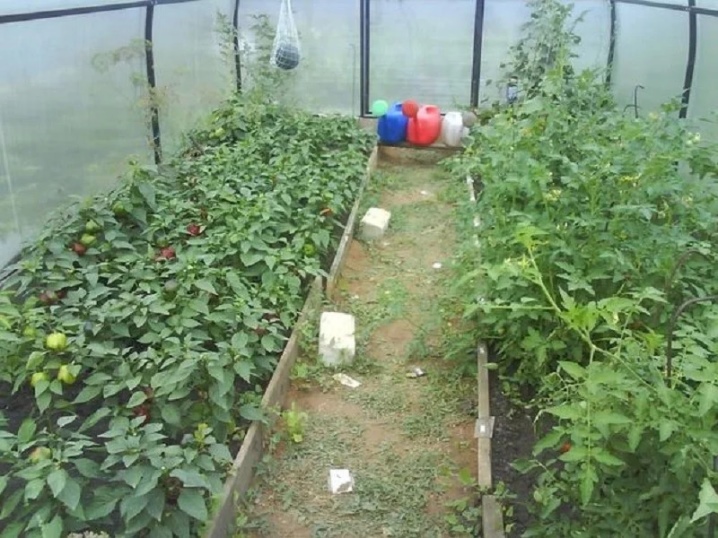
The proximity of pepper to tomato is an advantage, since tomatoes emit phytoncides that can repel pests from plants, especially aphids. It will not be superfluous to consider the compatibility of cultures in other parameters.
- Humidity... Tomatoes prefer to grow at low rates, about 60%. Peppers do not have strict requirements for air humidity. They are able to adapt to any growing conditions.
- Watering... Moderate as the soil dries up. Tomatoes react negatively to waterlogging, which can lead to the risk of developing fungal infections. Pepper, on the other hand, loves abundant watering. Even if water gets on the foliage, it will not cause any damage to it. You can sprinkle peppers once a week, like a tomato.
- Airing... Tomatoes need fresh air, they cannot stand its stagnation. Pepper does not tolerate drafts. Therefore, it is better to plant it on the sides of the doors.
- Temperature... For a tomato, the optimal mode for development and fruiting is in the range of 22-25 degrees Celsius, small deviations are permissible. But pepper loves high temperatures, from +27. It should be planted in places where the air heats up more.
- Both crops require a lot of nutrients... Especially potassium, phosphorus and magnesium.
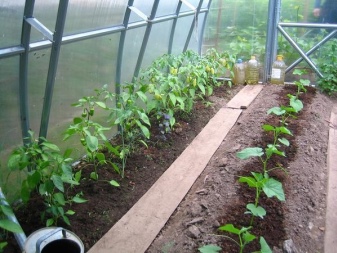
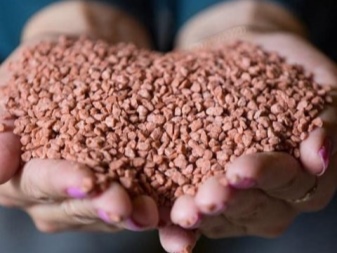
Selection of varieties
Since the greenhouse is a specific space, hybrid varieties should be planted in order to successfully grow and obtain a bountiful harvest of vegetables. Tomatoes are planted with an indeterminate type of growth, tall, and peppers are better planted undersized.
Both bell peppers and hot peppers can be planted with tomatoes. Plants do not affect each other.
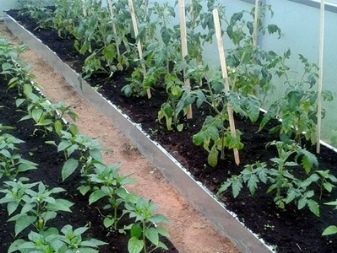
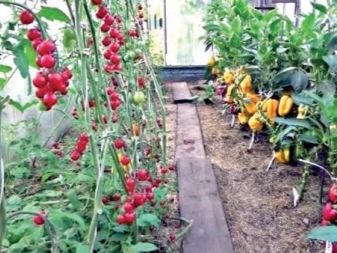
Landing
Since the two vegetable crops get along well with each other, they need to be correctly positioned in the greenhouse. Experienced gardeners use several methods that take into account the agrotechnical conditions for growing plants.
- The greenhouse is separated by a film... Using this method, you need to stretch it from the ground to the roof, creating two different exits. Thus, a certain microclimate is formed. But there is poor air circulation, which negatively affects the development of tomatoes. In this case, the gardener will have to think about the constant provision of fresh air.
- Do not share a greenhouse... Plants are planted together, but also take into account agrotechnical features. The pepper is planted near the walls, as there is more heat there. Tomatoes are placed in the center, near the door and windows, given that he loves drafts.
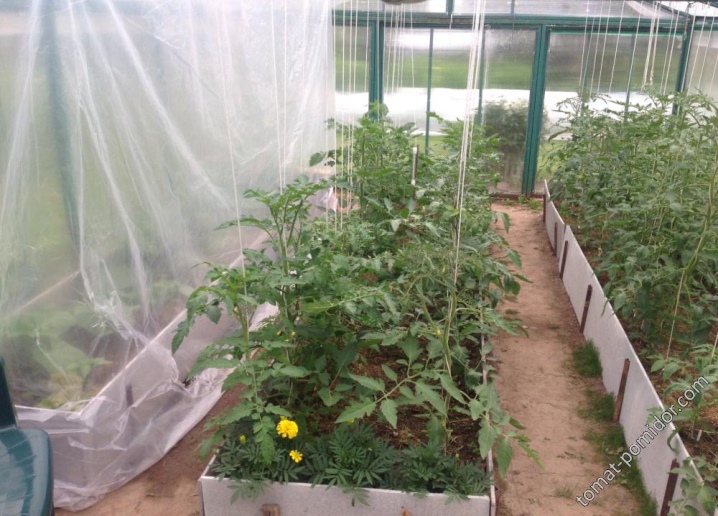
Care
Before planting plants in the greenhouse in the spring, it must be prepared in the fall. The first thing they do is remove the top layer of soil by 20-30 cm, and pour a new layer of the fertile mixture. This is necessary in order to reduce the likelihood of contamination of young seedlings with fungi and bacteria from the ground.And also the new soil is treated with a disinfectant.
For successful adaptation and effective rooting of seedlings, a certain temperature regime of both air and soil is required. The optimum soil temperature should be 20 degrees, and the air temperature - 23-25 degrees.
Seedlings are transplanted in the afternoon, watered abundantly to moisturize the roots well, and they started growing. It is allowed to plant several different varieties of tomatoes in one area, but you cannot plant sweet and hot peppers next to them, since they can be pollinated. Sweet peppers will remain sweet, but hot peppers may lose their pungency.

The bushes are placed in such a way that their root system does not come into contact with each other during development. So they will have enough nutrients and moisture. And you need to monitor the growth rate of tall tomatoes. They can shade peppers. Due to a lack of lighting, plants slow down in development, shifting the timing of the onset of fruiting.
Be sure to carry out the shaping and pinching of tomato bushes... The principle of growing tomatoes in a greenhouse is slightly different from open field conditions. Despite the fact that a constant circulation of fresh air is arranged in the greenhouse, the development of fungal infections occurs more often.
To prevent diseases, experienced gardeners remove almost all the foliage, leaving only the top 2-3 leaves. As a rule, tomato bushes are formed in one shoot, less often in two.
Removing stepchildren is an important procedure in tomato development.

The first procedure is carried out 15 days after planting the seedlings, each subsequent procedure is carried out once every 2 weeks. When removing stepchildren's shoots, you need to leave 3 cm of the shoot. This simple measure will allow it to not grow again at the site of a distant shoot in the future.
The number of fruit clusters is determined by the selected variety. Typically, it is 5 to 9 brushes. So that further growth does not continue, the top of the bush is cut off, and most of the nutrients will be directed to the formed fruits. To stop the growth of pepper, pinch the tops of all shoots. If this is neglected, then the necessary trace elements will go to the development of lateral branches and foliage.
And also pruning of pepper is carried out if too many young shoots are formed on the plants, which must be removed. They are not capable of producing large fruits and often break under the weight of the load. When pruning, only well-developed and strong shoots are left. This procedure makes it possible not to thicken the culture.
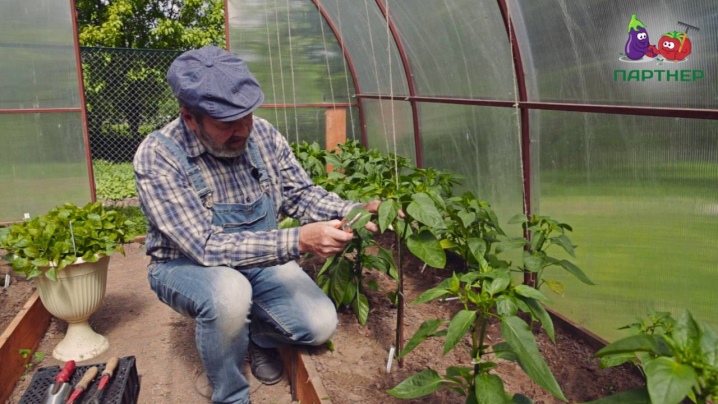
It is necessary to irrigate nearby growing crops competently and carefully. The main thing is that the moisture between the plants is evenly distributed, and watering is carried out mainly at the root... The water that gets on the foliage and flowers not only leads to the development of diseases, but also shakes off the pollen, preventing the formation of ovaries. And also experienced gardeners must lay mulch in the beds.
For successful growth, plants need additional nutrition. It can be both mineral and organic fertilizers. Top dressing is introduced depending on the vegetative periods of development. After planting, the seedlings need nitrogen to gain green mass and better develop the root system. When fruit clusters begin to form, the seedlings will need phosphorus, potassium and magnesium. With the beginning of fruiting, top dressing is stopped.
Tomatoes must be tied to a support. Under the heavy weight of the fruit, the stems break easily. For peppers, the arrangement of the supports depends on the variety chosen. If these are hybrids, and they often grow tall, then you cannot do without support. As a rule, such plants reach a height of 100-150 cm. The garter is performed when the bushes begin to lean to the side.
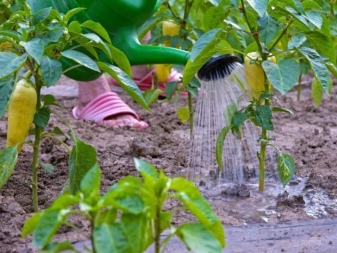
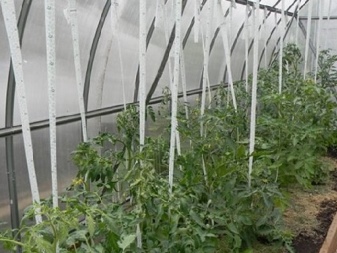
Diseases and pests
Improper agricultural practices often lead to the development of infectious diseases and the appearance of pests. Therefore, any problems associated with greenhouse vegetables are easier to prevent than deal with them. The main efforts are aimed at preventing the occurrence of diseases by means of preventive measures.
Most often, juicy stems of tomatoes and peppers are affected aphids... Juices that pests suck out of plants lead to stunted growth, wilting of leaves, shoots and death of seedlings. In addition, aphids attract antscapable of infecting seedlings with a virus.
Excessive thickening of the planting can lead to to the development of fusarium wilting and late blight. The first signs of disease are the leaves turn yellow. Fusarium - a dangerous fungal infection, which is very difficult to fight due to its high resistance to most chemicals.
The main principle in the fight against this disease is not to overmoisten the soil. And also to carry out disinfection of soil and seeds before planting.
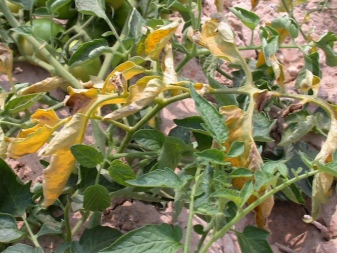
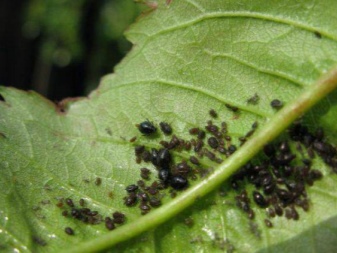
Late blight often affects potatoes. Therefore, it is not recommended to plant tomato and pepper after it. For prevention, the bushes are treated with fungicides, the level of humidity and temperature are controlled. Sick, affected plants must be disposed of.
Some of the formidable plant pests are slugs and snails... These voracious molluscs are capable of destroying almost the entire crop, spreading the infection. Experienced summer residents place slate installed between the beds in the greenhouse. During the day, a large number of them collect on the sheets, which is easy to clean.
Do not rush to remove the killed slugs, because the other mollusks who have come will eat them, not having time to get to the bushes. So you can buy a certain amount of time to deal with them.
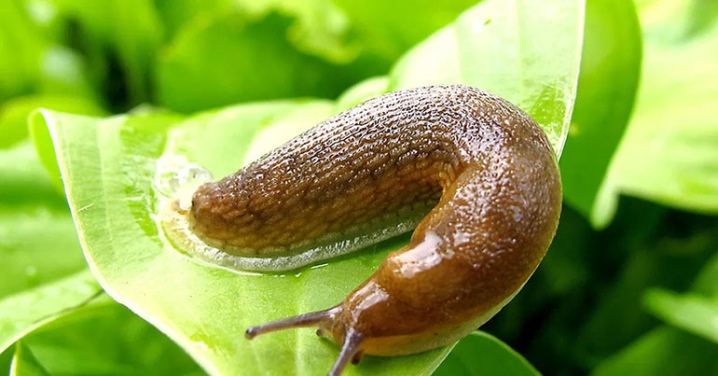











The comment was sent successfully.